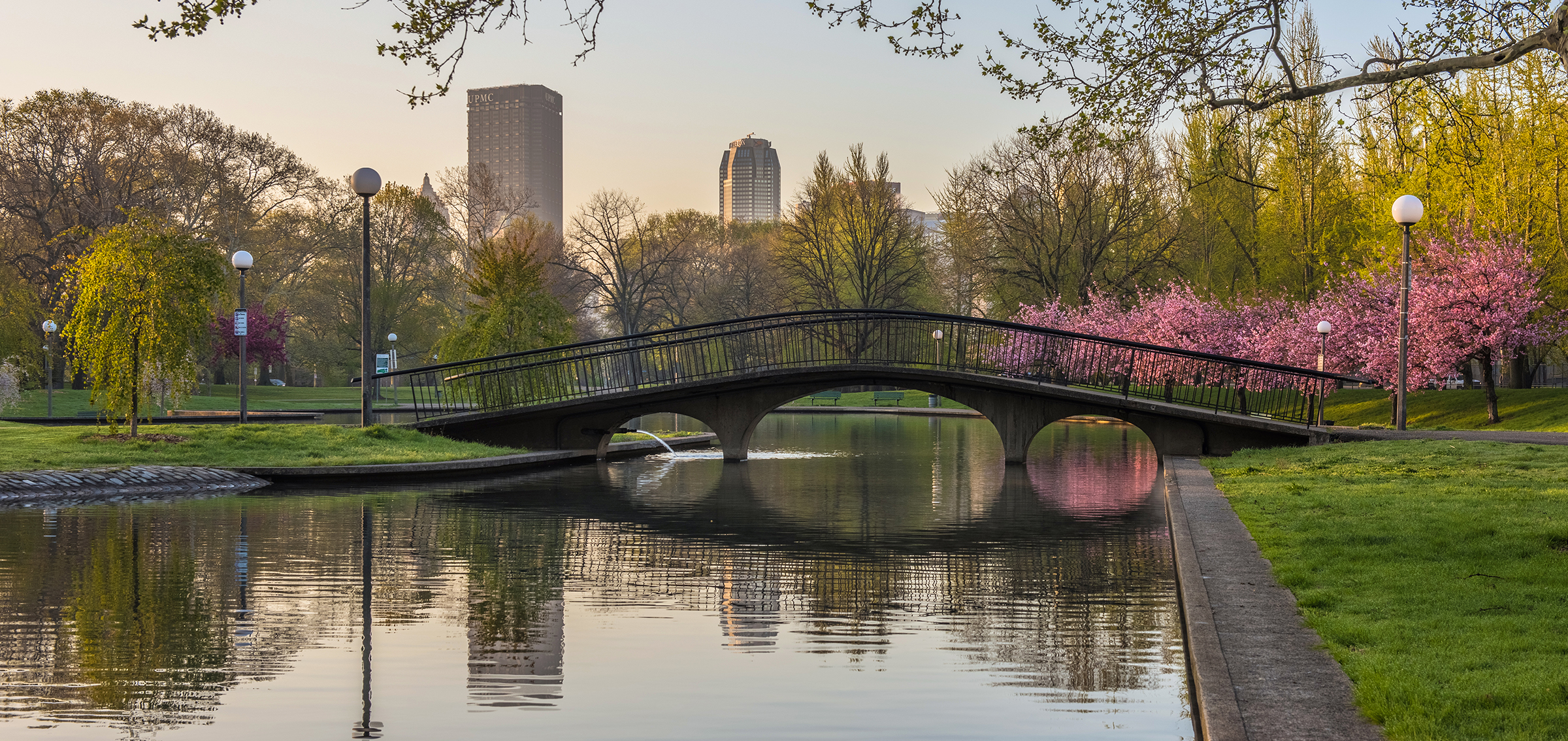Department of Parks and Recreation
The Department of Parks and Recreation (DPR) consists of approximately 1,972 acres of regional park land distributed across five parks, along with approximately 561 acres of community park land.
The Department realizes that neighborhood parks are the basic building blocks within Pittsburgh’s parks system, so they ensure that all locally oriented parks provide residents with nearby access to recreation. Neighborhood parks typically include features such as picnic areas, playgrounds, open lawn, courts and walking paths.
There are also approximately 51 acres of riverfront parks in conjunction with partner organizations such as the Commonwealth of Pennsylvania and the Sports & Exhibition Authority, as a means of turning those signature public riverfront properties into statement areas, featuring a significant public trail system along the Allegheny, Monongahela and Ohio riverfronts. Ten recreation centers throughout the City offer an opportunity for residents and visitors to discover the best that Pittsburgh has to offer. Open year-round, the Community Recreation Centers are responsible for numerous indoor and outdoor sporting activities, educational programming, crafting and leisure time with activities. They also provide various programming for the City’s youth, including afterschool programs, as well as Citicamps in the summer months.
More about the Department of Parks and Recreation
Below is a list of content in the Department of Parks and Recreation's Transition Brief (prepared by Thomas Consulting Group for The Pittsburgh Foundation).
|
FINDINGS
|
|
More about the department
|

